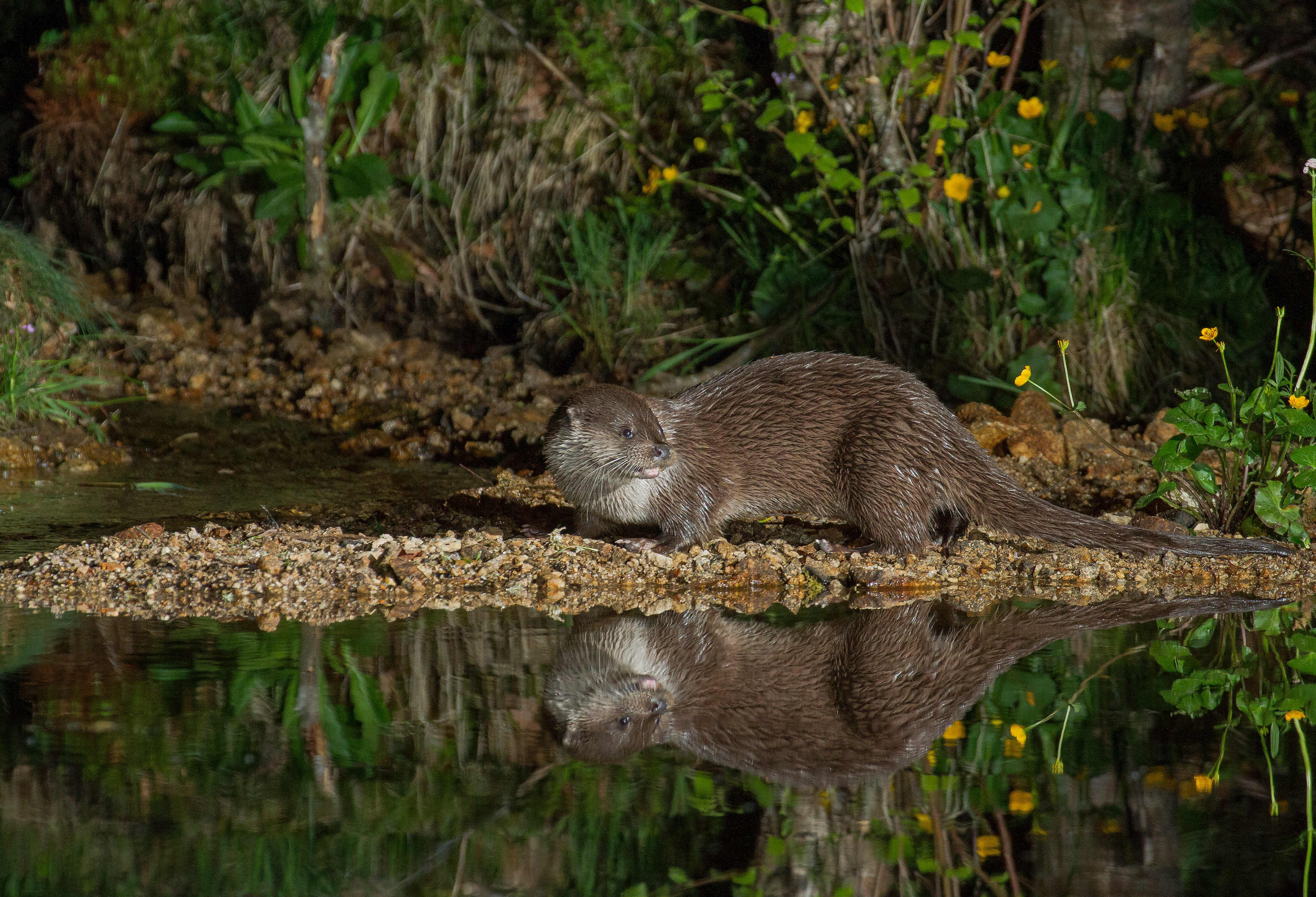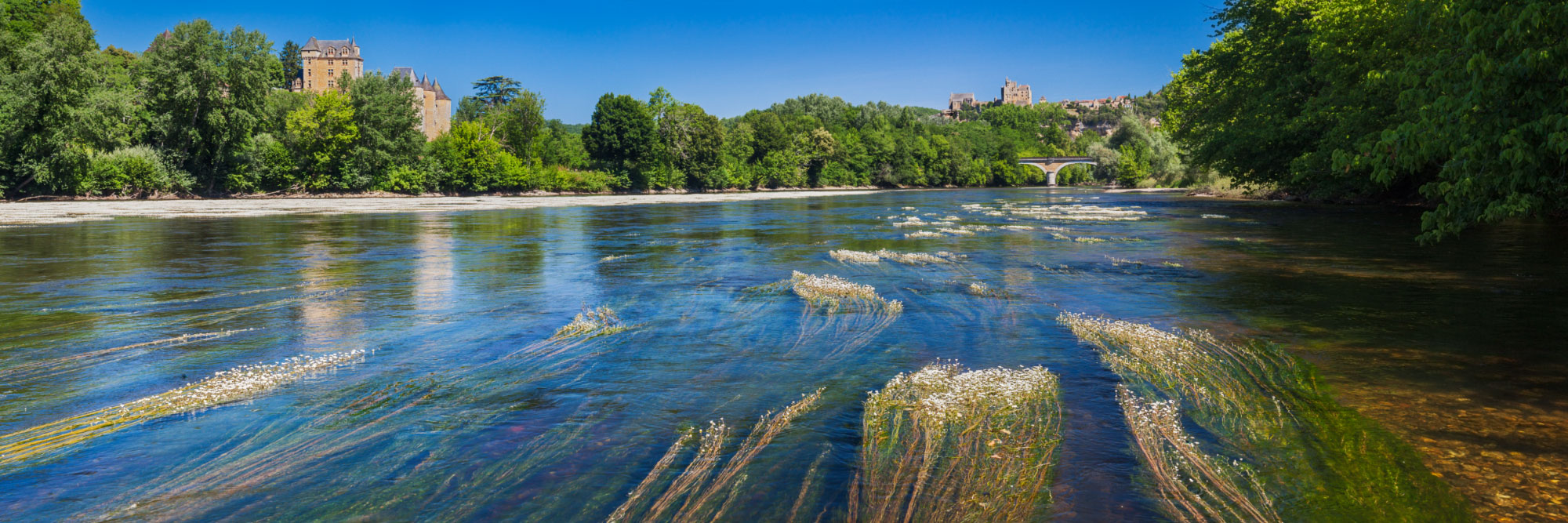In 2018 the public institution of Dordogne river basin (EPIDOR) submitted an application for a LIFE project entitled « Ecological restoration and conservation of the alluvial ecosystem of the Dordogne Valley ». The approval is expected early 2019.
EPIDOR manages the Dordogne basin Biosphere Reserve, designated in 2012 by UNESCO. Since January, 2015, EPIDOR has managed the Domaine Public Fluvial of the Dordogne basin, covering 460 linear kilometers distributed among three main watercourses, of which the Dordogne River downstream from Argentat is concerned by this project.
Species/habitats/biodiversity issues targeted by the project
The LIFE Dordogne Valley concerns three contiguous Sites of Community Importance (SCIs) in the Natura 2000 network linked to each other by the Dordogne River.
The main species and habitats concerned by the project and present in the three SCIs are Atlantic salmon, sea lamprey, allis shad, European otter and around ten important natural habitats (alluvial forest vegetation…).
The Atlantic salmon population varies from 200 to 1,400 individuals. The state of conservation of the habitats of this species is mediocre. Also, the allis shad population consists of 1,000 to 5,000 individuals. It decreased radically in 2000, and the species has been at the limit of safe biological levels since 2007. 70% of the migratory fish of allis shad is blocked downstream from the dams and must spawn at five spawning grounds degraded by a lack of solid load. These spawning grounds are also used by the populations of sea lamprey.
All these habitats have been impacted by human activities in recent decades, and have been subjected to the effects of:

sea lamprey © EPIDOR

European otter © stephane Raimond
- navigation dams built between 1838 and 1852, followed by the hydroelectric development of the valley, leading, between 1912 and 1970, to an alteration of the solid transport and the hydrological regime;
- the extraction of materials from the low-water channel between 1930 and 1980, leading to a generalized incision that affected the alluvial habitats;
- the management strategies of the bed and the stabilization of the river banks realized from 1970 to 1990, hindering the operation of alluvial processes;
- the development and use of riverside zones, favoring the expansion of invasive species.
The general state of conservation of the natural environments of the Dordogne River basin is thus globally altered. To compensate for historic degradations and the continuing pressures that are exerted on this environment, protection and restoration actions are required to improve the condition of habitats in sites of community importance.

Project objectives
The aim of this project is to improve the state of conservation of the habitats of community interest located in a fluvial corridor, 280 km long. These habitats are present on sandy gravel riverbanks, islets, stagnant river banks, and in the running water zones of the minor bed.
The project will follow two main orientations. First, it will aim to reinforce and anchor in the long-term, the preservation conditions of existing habitats by more effectively implicating the local authorities and riverside residents (creation of a network).
In collaboration with this network, the project will enable the acquisition of lands presenting habitats of community interest, or which are suitable for restoration (acquisition of 90 hectares). These conservationist actions will develop from the foundations constituted by the Domaine Public Fluvial, managed by EPIDOR since 2015.
Secondly, this project will focus on restoring degraded sectors: 14 alluvial habitat sites, representing 100 ha, and 14 spawning sites of highly migratory amphihaline fish.
The restored sites will constitute concrete foundations for the development of:
- educational projects;
- arguments to convince elected officials of the utility of these conservation and restoration procedures;
- training for technicians and companies in the environmental engineering sector;
- scientific publications and collaborations in the domain of monitoring;
- the sharing of experiences pertaining to sediment transport with hydroelectric companies;
- future similar programs at the fluvial corridor scale.
The project will enable us to create a catalog of restoration techniques, methods and experiences applicable to the targeted habitats.
These objectives adhere to those of the UNESCO designation of the Dordogne Basin Biosphere Reserve, of which the Dordogne River constitutes the main part of the central zone.




